Construction Spending Slows, Reflecting Economy’s Pace
Marcum LLP's new Commercial Construction Index for the second quarter of 2019 shows that the reduction in expenditures is following the decreasing pace of U.S. economic growth.
Marcum LLP’s National Construction Services Group has just released the Marcum Commercial Construction Index for the second quarter of 2019, concluding that U.S. construction spending is decelerating as the pace of economic growth slows.
READ ALSO: CRE Finds Clarity in the Long View
Nonresidential construction spending dropped 1.8 percent to $773.8 billion on a seasonally adjusted annual basis from May to June; although, spending increased 2.3 percent year-over-year, mirroring the rate of inflation. Of the 16 tracked nonresidential construction sectors, which range from office to highway and street to water supply, five recorded contraction: commercial (retail), educational, religious, communication and power. The commercial sector saw the greatest decline, shrinking 10.7 percent.
Per the report, despite an increased flow of state and local government spending on infrastructure categories, there was no real-term expansion of nonresidential construction expenditures over the last year. Marcum attributes the absence of growth partially to the looming bankruptcy of the America’s Highway Trust Fund by 2022. Still, nonresidential construction remains in good shape—for now. “The most surprising aspect of the report is that trade wars, a slowing global economy, and the imminent insolvency of the Highway Trust Fund has yet to register any real discernible impact on construction activity,” Anirban Basu, chief construction economist with Marcum LLP, told Commercial Property Executive.
Following the economy’s lead
As Marcum notes, where the economy goes, construction will follow. In the report, Marcum acknowledges that indicators suggest economic conditions are on track to worsen and adds that uncertainty regarding next year’s presidential election and resulting policies will cause many economic players to adopt a wait-and-see-stance, dampening transactional volume in 2020, which doesn’t bode well for the economy’s 12- to 18-month outlook. However, for the immediate future, the economy still looks good, and so does nonresidential construction.
“Near term prospects for the U.S. nonresidential construction industry remain upbeat. Contractors are busy, with subcontractors in particular indicating lengthy backlog and difficulty filling position,” Basu said. “However, a number of leading indicators suggest activity will not be as robust one year from now and that the outlook beyond that period deteriorates further.”


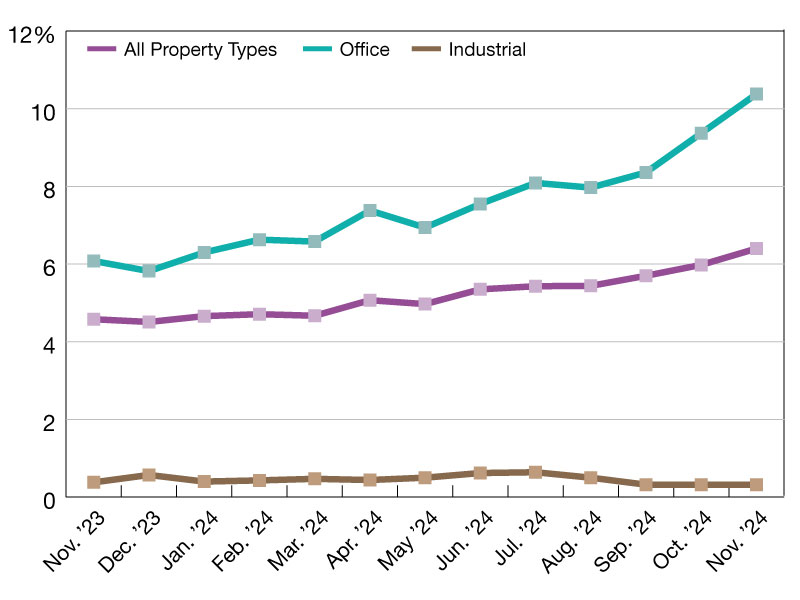
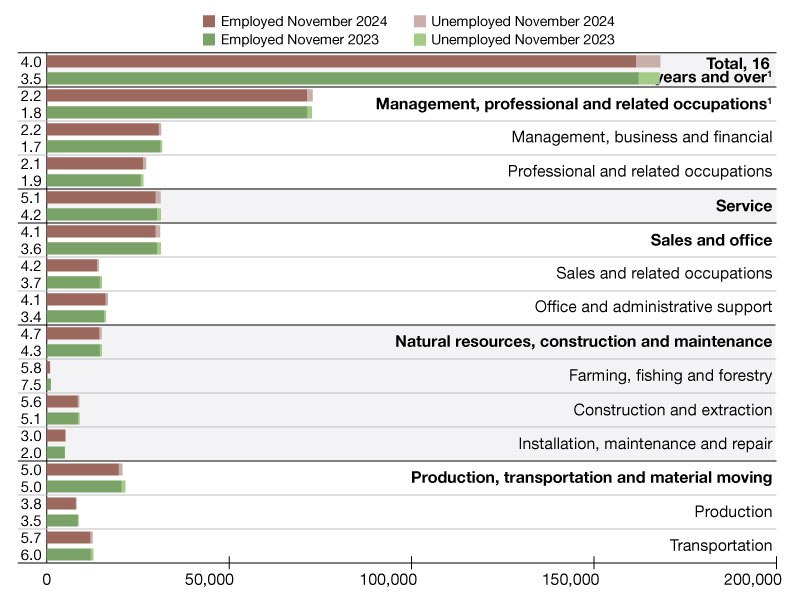
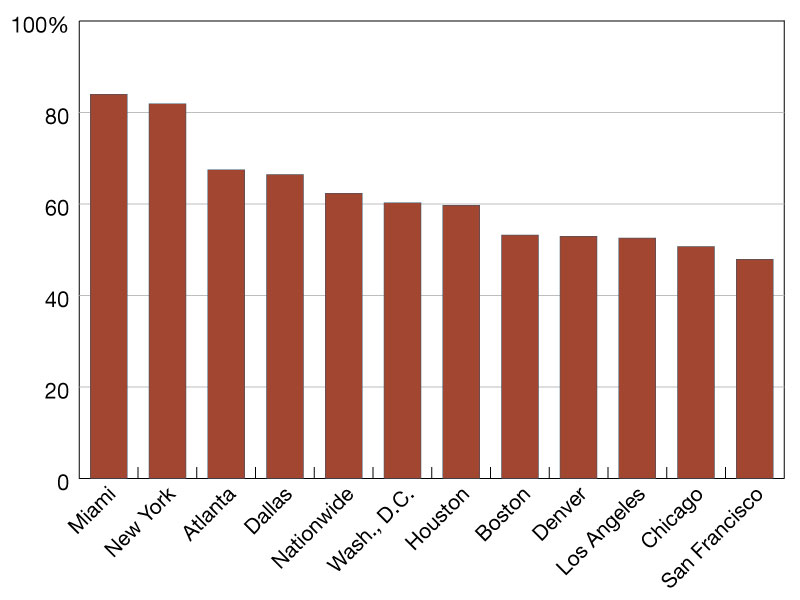
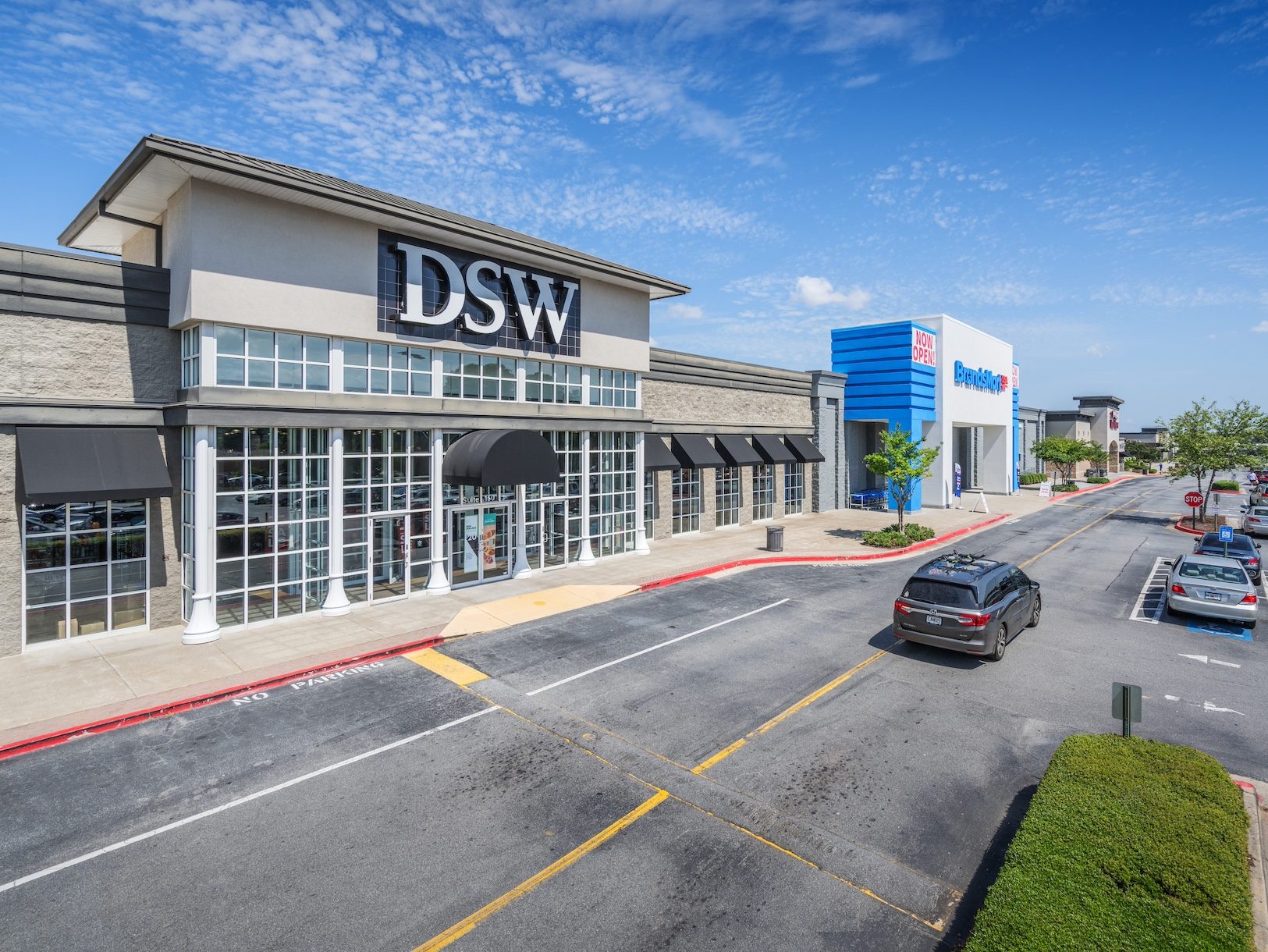
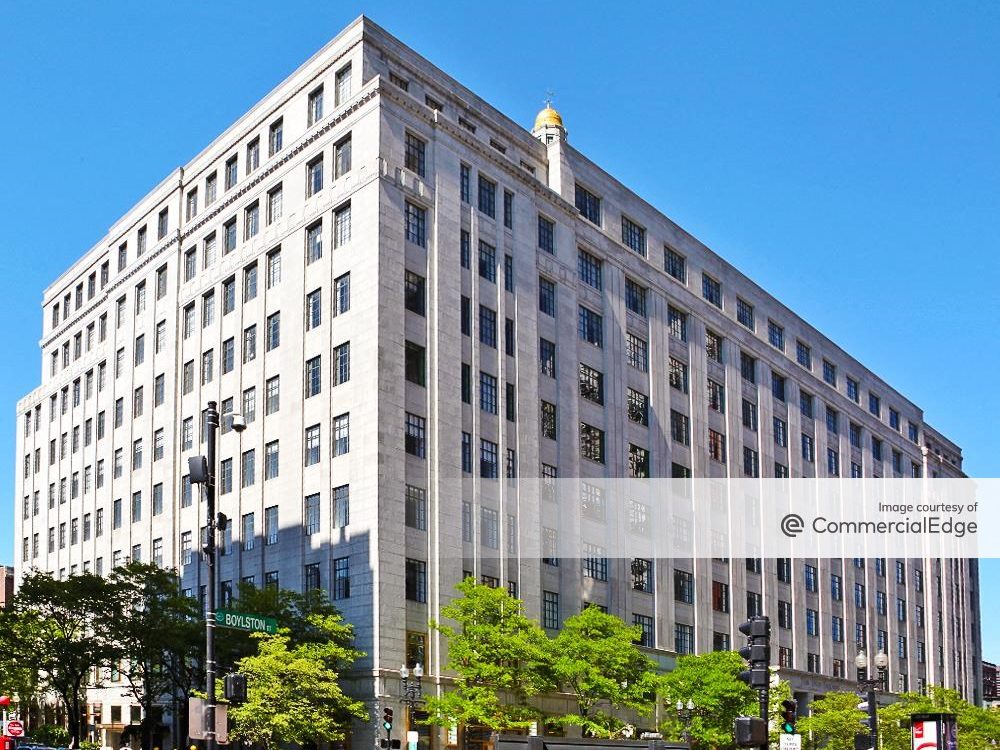
You must be logged in to post a comment.